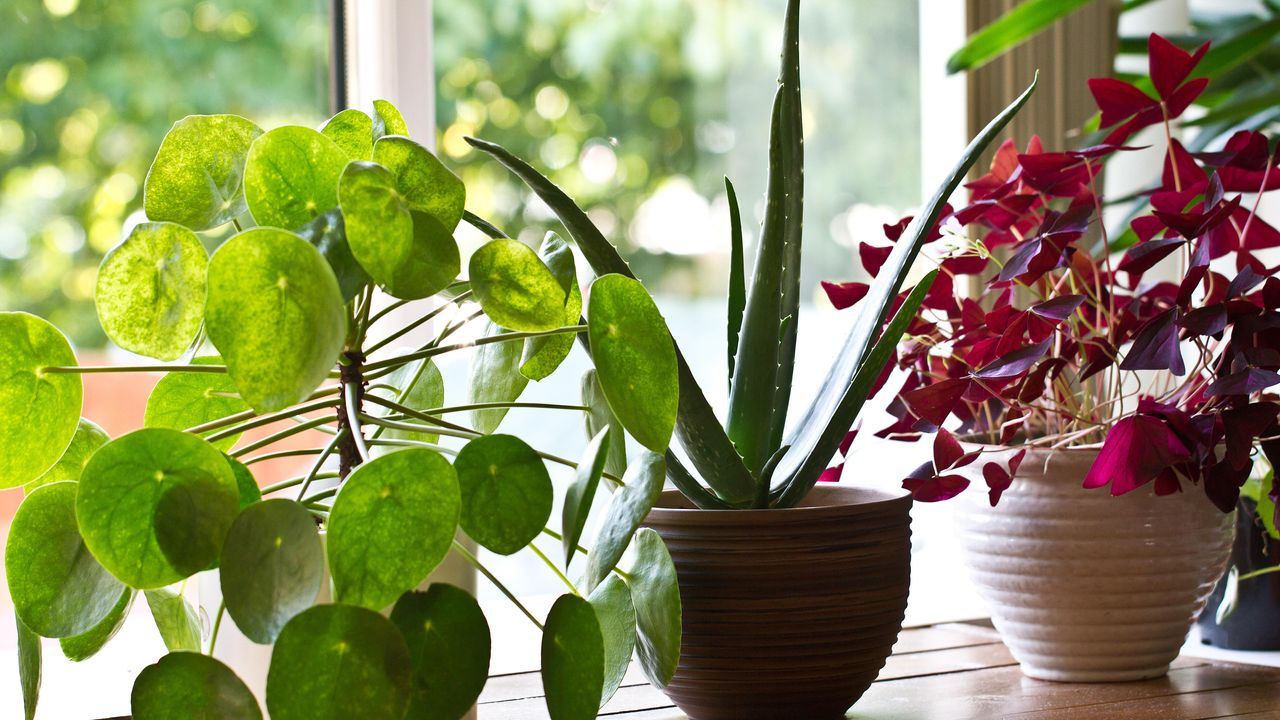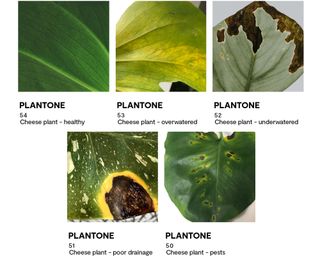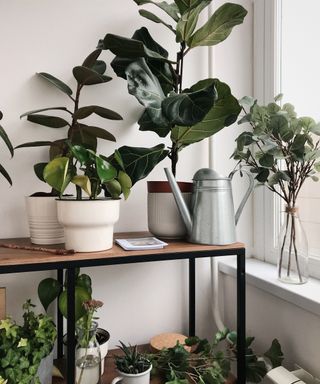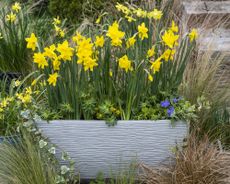There's a new way to diagnose houseplant problems – and it looks like a Pantone color chart
A brand-new visual guide promises to answer your plant care questions based on the precise color of the leaves

How do you know that your houseplant is sick? You can test the soil to see if it's too dry or too wet, or you can look up the plant's requirements online, although often you will find contradictory information. Now there is a new way to tell whether your houseplant needs help – by examining the color of its leaves and matching that color to a brand-new color chart.
The color chart in question has been developed to help plant owners diagnose common problems in seven of the best indoor plants that many of us have at home. It's a genius idea that pays tribute to the Pantone color chart – and is called, very appropriately Plantones.

Plant experts at Patch Plants have developed Plantones in response to what they call the 'overwhelming amount of information online, which can often confuse indoor gardeners. And although most houseplants suffer from a fairly narrow range of problems, often to do with incorrect watering or inadequate temperature and/or light levels, the way different plants exhibit their distress varies from plant to plant.'
Visitors to the Plantones page can quickly and easily diagnose what's wrong with their plant based on what the leaves look like. Each color chart has a picture of a healthy plant, followed by pictures of the same plant type under various forms of distress, ranging from overwatering to pest problems.
The charts take the guesswork out of questions like 'why is my peace lily turning yellow?' The photos also make it easy to distinguish between plants that have been overwatered and those that are being grown in inadequate light conditions – two common plant ailments that are often hard to tell apart.

Develoepd by Patch Plant Doctor, Richard Cheshire, the charts are fun to look at and easy to follow. So far, there are charts for Aloe Vera, Peace Lily, Swiss Cheese plant, Devil's Ivy, Parlour Palm, Snake Plant, and Boston fern. A good selection of popular plants, although we hope that other common house plants, especially ficus and marantas, could be added too.
We'll definitely use this chart when putting our indoor garden ideas into practice.
Anna writes about interior design and gardening. Her work has appeared in Homes & Gardens, Livingetc, and many other publications. She is an experienced outdoor and indoor gardener and has a passion for growing roses and Japanese maples in her outside space.
-
 An Update on Gardeningetc
An Update on GardeningetcA word from our publisher
By Beth Murton Published
-
 Do you need to chit potatoes? Find out what the experts say
Do you need to chit potatoes? Find out what the experts sayGrow Your Own Learn how to chit potatoes before planting them in the ground and you’ll be on your way to getting an earlier and bigger harvest
By Drew Swainston Published
